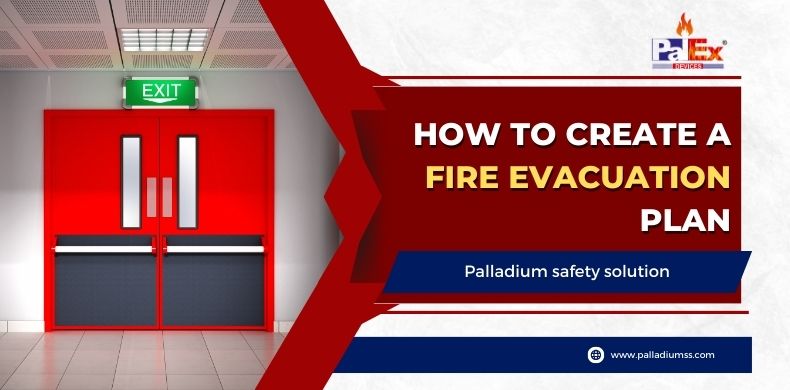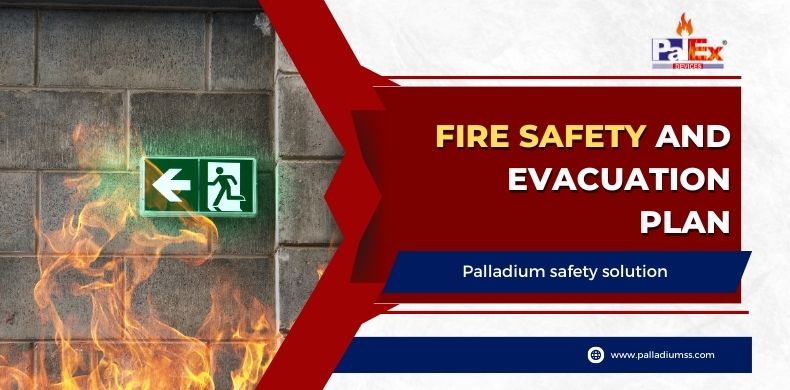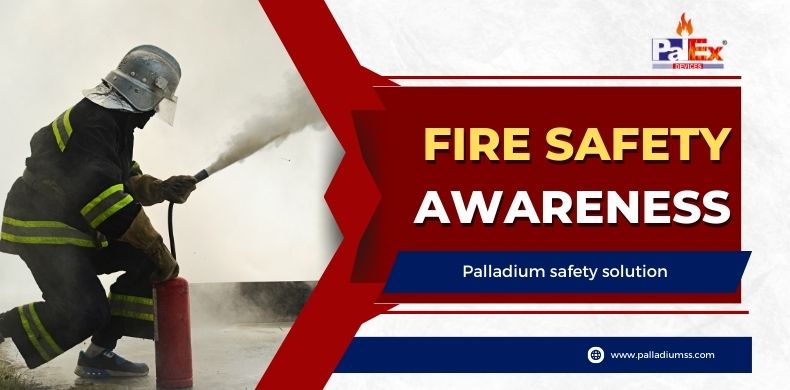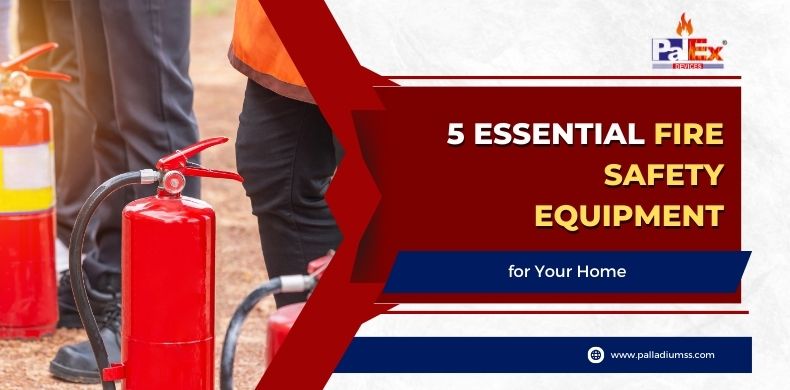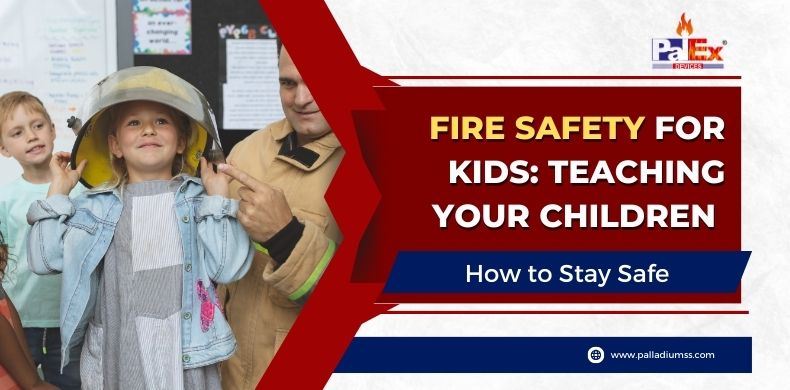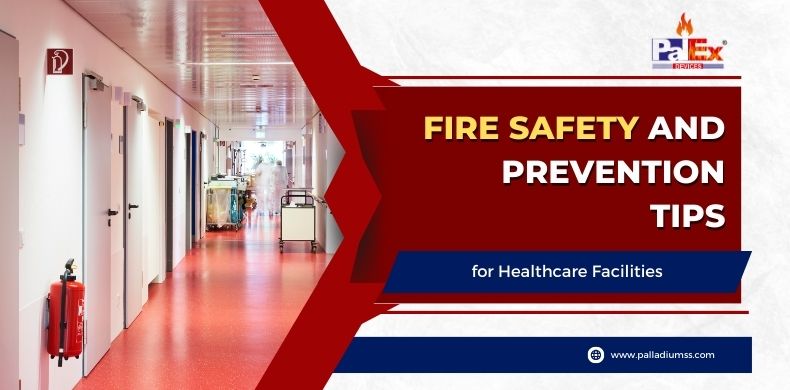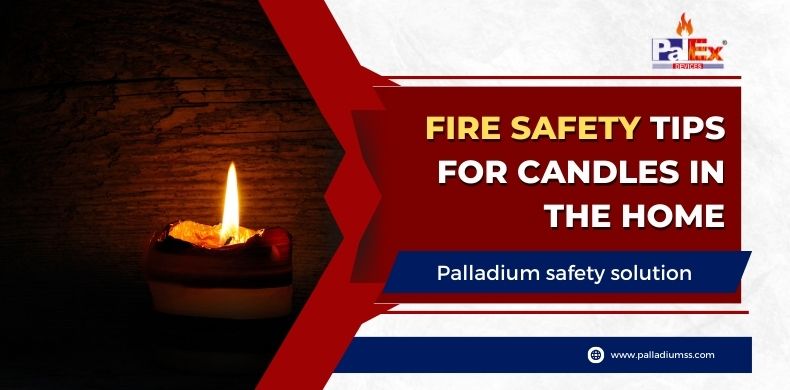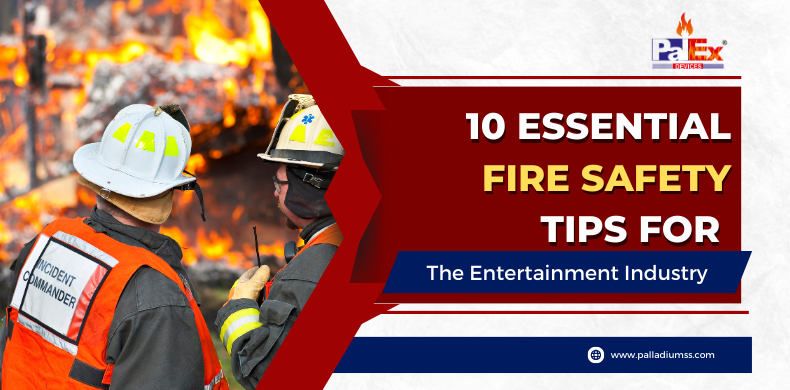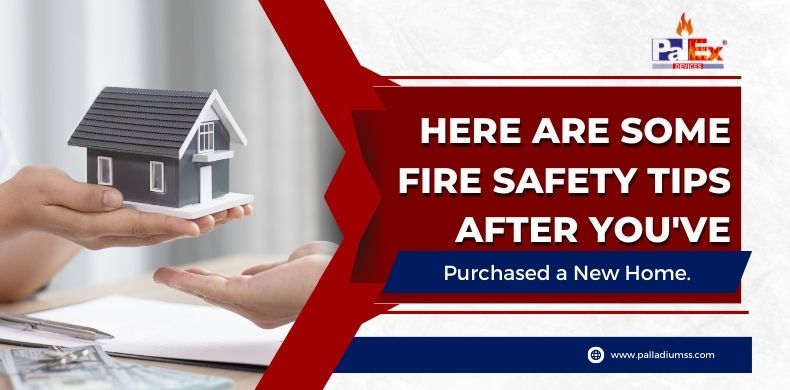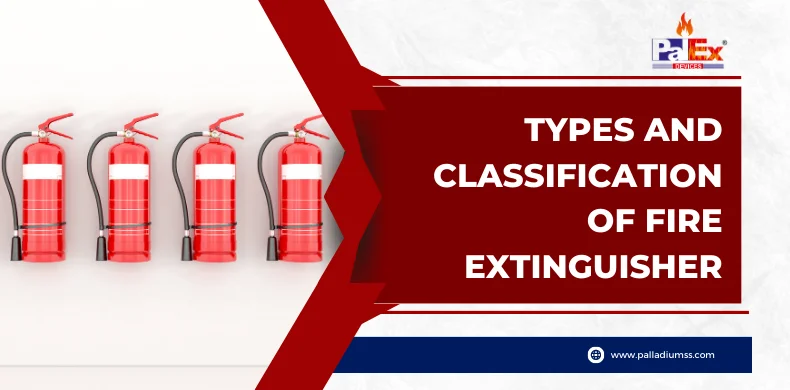Festival and event organisers have a unique set of fire safety challenges. These can include everything from the presence of flammable, highly combustible pyrotechnics to the maze of exposed wiring and temporary structures that may be found on-site. That’s why it is paramount that adequate fire safety tips
and measures are in place early in the planning process.
Fire safety is an essential issue in the entertainment industry. In the past, many incidents happened in the film industry due to fire; from small clubs to large arenas, the entertainment industry relies on fire safety to protect guests and employees.
From electrical hazards to pyrotechnics, any venue has many potential fire risks. To help keep your event safe, here are ten essential tips for safety in the entertainment industry:
Proper Fire Safety Plans
Every event should have a comprehensive fire safety plan that is reviewed and updated regularly. This plan should be created by a qualified individual and consider all potential fire risks at the venue. Employees should be trained on the fire safety plan and know what to do in the case of an emergency.
Regular Inspection of Fire Safety Equipments
All fire safety equipment must be regularly inspected to ensure that it is in good working condition. This includes fire extinguishers, sprinklers, and other fire suppression systems. A qualified individual should perform all inspections and maintenance.
Keep Flammable Materials Away From Heat Sources
Any flammable materials should be kept from heat sources to prevent them from catching fire. This includes things like paper, fabric, and straw. These materials should be stored in a cool, dry place.
Store Flammable Liquids in Proper Containers and Label Them Clearly
Flammable liquids should always be stored in proper containers and clearly labelled. This includes things like gasoline, kerosene, and oil. The containers should be made of materials, such as metal or glass, that will not catch fire.
Do Not Overload Electrical Outlets
Overloading electrical outlets is a significant fire hazard. This can cause them to overheat and catch fire. When using electrical equipment, make sure that the cords are not frayed or damaged in any way. Do not use extension cords unless necessary.
Dispose of Smoking Materials Properly
Keep combustible materials like Pyrotechnics, paper, fabric, and straw away from heat sources. Any easily combustible materials should be kept away from heat sources, such as stoves, radiators, and candles.
Be Careful With Candles And Open Flames Candles and other open flames should be cautiously used. They should be kept away from flammable materials and never left unattended.
If possible, use battery-operated candles instead of real candles. They should also be discharged in a safe area free of people and animals.
Familiar With Your Local Fire Codes and Follow Them
It is essential to be familiar with your local fire codes and to follow them when organising an event. Fire codes vary from place to place, so it is essential to know the regulations in your area.
This will help you ensure that your event is safe and compliant with the law. At every event, a designated fire safety officer should be responsible for monitoring fire risks and ensuring that all safety procedures are followed.
This person should have training in fire safety and be familiar with the venue’s layout. In the case of an emergency, this person will be responsible for evacuating the building.
Emergency Exits Should Be Marked and Unobstructed
Do not block exits must always be clear and unobstructed so that people can quickly evacuate in the case of an emergency. All doors and windows should be free of debris so they can be easily opened. Exits should also be well-lit so that people can see them during an evacuation.
Have Working Smoke Alarms and Fire Extinguishers
One of the most important things you can do to prevent a fire is to have working smoke alarms and fire extinguishers. Smoke alarms should be put in each homeroom and tested on a regular basis to ensure they are operational. In the event of a fire, fire extinguishers should also be easily available.
Know-How to Use a Fire Extinguisher
It is not enough to simply have a fire extinguisher; you must also know how to use it properly. Several fire extinguishers are built for a certain type of fire. Before using a fire extinguisher, read the directions and determine the type of fire.
Also read :Fire Risk Analysis and Its Application in Fire Risk Management
Conclusion
To summarise, taking precautions to prevent fires at events is essential. Things like easily combustible materials should be kept from heat sources, and pyrotechnics should be kept away from combustible materials.
At every event, there should also be a designated fire safety officer that provides fire safety information to all visitors, and emergency exit plans should be in place. Finally, ensure you have functional smoke alarms and fire extinguishers and understand how to use them.

